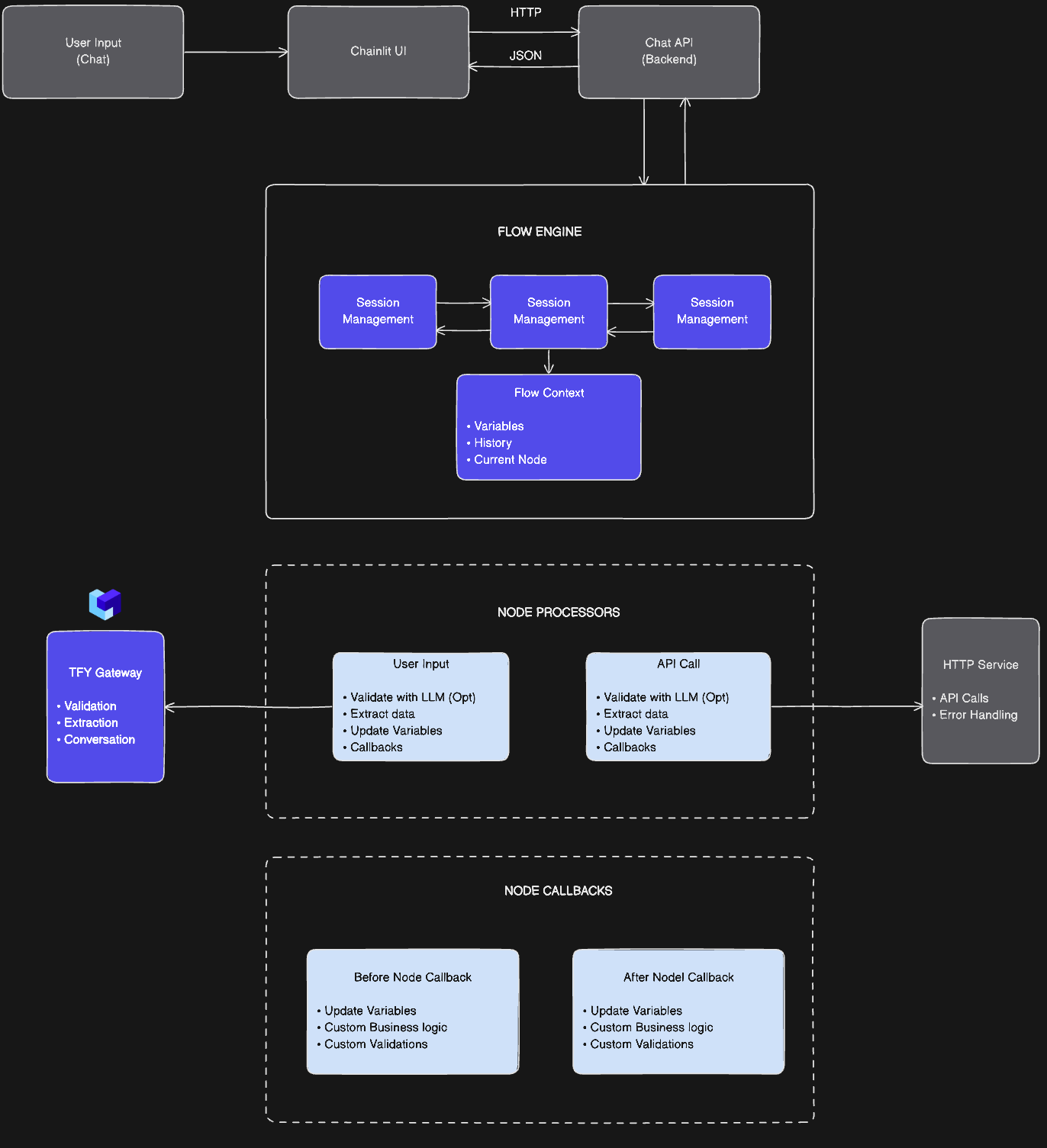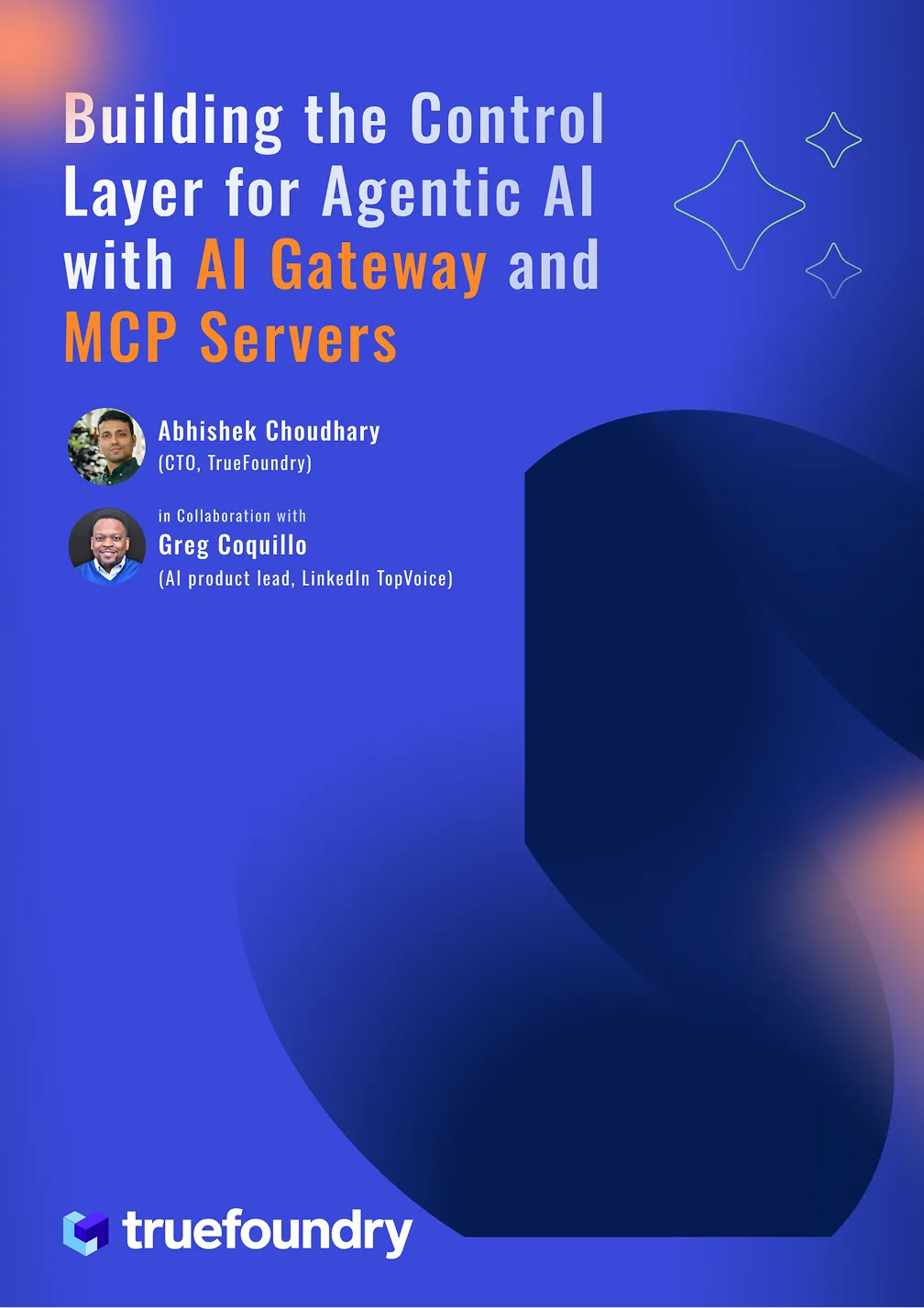On Premise AI Platform
Why On Premise AI Platforms Are Back in Focus
As enterprise adoption of artificial intelligence accelerates across sectors, the focus is rapidly shifting from the mere exploration of AI to the operationalization of AI at scale. One of the most pressing questions organizations now face is not just how to implement AI—but where. The debate between cloud-based and on premise AI platforms is no longer theoretical; it’s being shaped daily by evolving data privacy laws, tighter regulatory oversight, and increasingly customized workloads.
In this context, on premise AI platforms are staging a major comeback. These systems allow organizations to run AI entirely within their own infrastructure—giving them total control over data, compliance, performance, and cost. As more businesses realize that control and customizability can outweigh the convenience of cloud-native services, the momentum behind on premise AI is growing rapidly. This guide breaks down the what, why, and how of building a modern on premise AI stack—and why TrueFoundry is one of the best-suited platforms to help.
What Is an On Premise AI Platform?
An on premise AI platform is a comprehensive environment composed of hardware, software, and orchestration tools that allows an organization to develop, train, deploy, and monitor artificial intelligence (AI) and machine learning (ML) models entirely within its own infrastructure. Unlike cloud-based AI solutions, where data and compute processes are managed by third-party providers, an on premise setup ensures that every part of the AI lifecycle happens behind the company’s firewall—within its local data centers or edge computing infrastructure.
This architecture appeals strongly to enterprises that operate in regulated industries, deal with confidential or proprietary data, or have specific performance and compliance requirements. By hosting AI infrastructure internally, organizations gain complete control over data residency, security protocols, model execution, and system customization. This not only simplifies regulatory compliance (e.g., HIPAA, GDPR, ISO 27001), but also empowers teams to tailor the stack to their unique needs—from low-latency inference at the edge to fine-grained resource allocation for training large language models.
Furthermore, on premise AI platforms enable deeper integration with legacy systems and proprietary hardware that may not be easily compatible with cloud environments. They also allow organizations to optimize cost structures by avoiding ongoing pay-per-use pricing models, which can become expensive at scale.
Cloud vs. On Premise AI: What’s Changed and Why It Matters
In the past, cloud AI platforms were the go-to option for quick experimentation and rapid scalability. However, recent shifts in data privacy regulations, customer expectations, and operational complexity have made on premise AI a viable—and sometimes superior—alternative. Here's how the two compare across key factors:
While the cloud remains an excellent environment for fast deployment and elastic scaling, the advantages of on premise AI become more compelling as workloads grow, data becomes more sensitive, and compliance requirements stiffen.
Core Benefits of an On Premise AI Platform
On premise AI platforms offer a unique combination of security, performance, and control that cloud-native environments can’t fully replicate. By deploying your AI models and workflows internally, you unlock a range of benefits:
- Data Sovereignty and Security: Since all data processing occurs within your own infrastructure, you significantly reduce exposure to external breaches and gain easier compliance with data residency laws.
- Performance Optimization: By colocating compute and data, you minimize latency and optimize model performance—especially for real-time or mission-critical applications like fraud detection or industrial automation.
- Customization: You can customize every layer of your stack—from data pipelines to model containers—to meet specific enterprise requirements. This level of control is hard to achieve in a cloud-based, multi-tenant environment.
- Cost Predictability: While initial infrastructure costs are high, on premise platforms can lead to lower total cost of ownership over time by eliminating recurring usage-based fees.
- Legacy and Edge Integration: On premise systems can integrate more directly with existing enterprise software and hardware, including proprietary sensors, PLCs, and other operational tech.
Challenges and Realities of On Premise AI
Deploying AI on premise isn’t without its hurdles. Organizations need to weigh the benefits against potential operational challenges:
- High Capital Expenditure: Setting up a robust infrastructure demands a substantial upfront investment in GPUs, CPUs, storage, and networking.
- Talent Requirements: Managing the end-to-end lifecycle of on premise AI requires specialized teams that understand IT, cybersecurity, data science, and MLOps.
- Ongoing Maintenance: Patch management, hardware updates, and scaling decisions rest fully with your internal team, which can be resource-intensive.
- Scaling Constraints: Without proper forecasting, on premise environments may struggle with underutilization or bottlenecks during high-demand scenarios.
- Technical Complexity: Integration with broader enterprise systems, including DevOps pipelines and governance tools, can be more complicated compared to managed services.
Who Should Prioritize On Premise AI?
Not every organization needs on premise AI. However, several use cases strongly benefit from this architecture:
- Heavily Regulated Sectors: Industries like healthcare, defense, and finance often require data to stay in-house for legal or compliance reasons.
- Real-Time Decision Making: Applications involving robotics, IoT, or high-frequency trading demand ultra-low latency that cloud services can’t always guarantee.
- High-Volume AI Inference: Organizations making millions of predictions daily can realize significant cost savings by running workloads internally.
- Proprietary Models: When dealing with intellectual property, confidential R&D, or sensitive model logic, it's crucial to avoid external exposure.
- Hybrid or Edge Deployments: On premise platforms support complex setups where some compute must remain local, even as the broader system interacts with the cloud.
Essential Features to Look For in an On Premise AI Platform
When evaluating on premise AI solutions, organizations should look beyond basic deployment capabilities and assess the following core features:
- Hardware and GPU Orchestration: Efficiently manage high-performance compute resources for training and inference.
- Flexible Model Lifecycle Management: Ensure seamless deployment, versioning, rollback, and monitoring of models.
- Advanced Access Controls: Use RBAC and policy-based access for governance and compliance.
- Integrated Observability: Gain visibility into model behavior, request logs, and infrastructure metrics.
- Kubernetes-Native Orchestration: Use scalable and portable container orchestration that integrates with enterprise DevOps.
- Support for Diverse Models: Host both open-source and closed-source models with equal ease.
- Governance and Auditability: Ensure that all activity is traceable and compliant with internal and regulatory standards.
TrueFoundry’s Core Modules for On Premise AI at Scale
TrueFoundry provides a tightly integrated set of core modules that allow enterprises to build scalable, secure, and fully observable on premise AI platforms. These modules are designed to support the full model lifecycle—from inference to fine-tuning—while offering the flexibility and control that organizations demand.
AI Gateway
The AI Gateway acts as the centralized control layer for managing all inference traffic across models and APIs deployed in your private infrastructure. It supports advanced governance and cost control mechanisms, making it the operational heart of your AI stack.
- Observability: Integrated logging and tracing via OpenTelemetry provide fine-grained monitoring, real-time analytics, and audit trails for every inference request.
- Rate Limiting: Apply per-API or per-user request limits to control access and ensure infrastructure stability.
- Fallback Handling: Define backup models or services that automatically handle inference when primary models fail, ensuring high availability and uptime.
- RBAC: Role-based access control and custom guardrails ensure that only authorized users can access specific APIs or models.
On Prem LLM Hosting
The LLM Hosting module allows teams to serve and manage LLMs like LLaMA and Mistral on local hardware with enterprise-grade performance. It includes:
- Kubernetes-native orchestration for elastic scaling
- Support for open-source and private models
- GPU-aware scheduling for resource efficiency
Fine-Tuning Pipelines
Fine-tuning is fully supported through secure, on premise pipelines that enable teams to train models on sensitive or proprietary data.
- Version-controlled experiment tracking
- Resource-isolated execution
- Prompt iteration and rollback support
Distributed Tracing for Agents
Telemetry modules provide complete visibility into agent workflows:
- Track every step in multi-agent chains
- Debug complex reasoning and retrieval paths
- Export logs and traces to Prometheus, Grafana, or SIEM tools
Evaluation Integrations
The evaluation framework integrates with:
- OpenAI Evals, Ragas, DeepEval
- Custom evaluation scripts tailored to enterprise use cases
- Scheduled model performance benchmarking
Plugin-Based Architecture
TrueFoundry modules can be deployed independently or together, making integration seamless with existing observability, orchestration, or compliance workflows.
Leading On Premise AI Platforms
Why TrueFoundry for On Premise AI?
- Zero Vendor Lock-In: TrueFoundry allows you to deploy and scale on your own infrastructure, offering complete flexibility without being tied to a single provider or ecosystem.
- Enterprise-Grade Security and Governance: With features like Role-Based Access Control (RBAC), audit logging, and workload traceability, TrueFoundry ensures data protection and compliance across regulated environments.
- Modular Architecture: Built from the ground up to be API-driven and componentized, TrueFoundry allows you to plug and play features like LLM Gateway, fine-tuning pipelines, and evaluation tools without reengineering your systems.
- Native GenAI Support: The platform includes out-of-the-box integrations for GenAI workflows—such as LangChain, VectorDBs, and advanced agent tracing—accelerating the development of intelligent applications.
- Kubernetes-Native for Elastic Scaling: TrueFoundry leverages Kubernetes to support high availability, load balancing, and seamless scaling—ensuring your infrastructure grows with your needs.
- End-to-End Observability: Gain full visibility into cost metrics, performance bottlenecks, and request traces at every layer of the stack, enhancing operational intelligence and troubleshooting.
TrueFoundry delivers a robust foundation for AI deployments that prioritize control, speed, and compliance. Its zero vendor lock-in philosophy allows you to deploy AI infrastructure on your terms—whether fully on premise or in a hybrid environment.
The platform offers enterprise-grade security and governance capabilities, including RBAC, audit trails, and workload traceability, making it ideal for organizations with sensitive or regulated data.
TrueFoundry is built for the next generation of AI, with modular APIs and native support for GenAI tooling such as LangChain, VectorDBs, and its LLM Gateway and Finetuning pipelines. These components reduce engineering overhead while accelerating rollout of LLM-backed applications.
The Kubernetes-native architecture ensures fast setup and scale across diverse infrastructure footprints, while its integrated observability stack gives you full transparency into performance and cost.
Step-by-Step: Setting Up Your On Premise AI Platform With TrueFoundry
- Plan Your Infrastructure: Begin by assessing your compute needs—this includes GPU and CPU capacity, network bandwidth, and cooling/power considerations. Align this with your expected workloads to avoid over or under-provisioning.
- Deploy the AI Gateway: Install TrueFoundry’s gateway on local infrastructure. This becomes the centralized layer for enforcing traffic policies, monitoring, and authentication across all inference services.
- Integrate Models: Deploy your models—whether open-source like LLaMA, or proprietary—using TrueFoundry’s model serving interface. You can host multiple models in parallel with resource-aware routing.
- Enable Observability and Governance: Activate cost monitoring, request tracing, and access controls. With built-in dashboards and OpenTelemetry support, your team gains full visibility into both infrastructure and ML workloads.
- Automate Scaling and Orchestration: Use TrueFoundry’s Kubernetes integration to automatically scale models and manage workloads. Workflows can be orchestrated using its agent framework and deployed continuously via CI/CD.
- Iterate and Maintain: Continuously improve models through fine-tuning, monitor performance, and keep infrastructure secure through regular updates and access audits.
Real-World Use Cases
On premise AI platforms are already transforming workflows across multiple sectors:
- In healthcare, institutions are using internal AI systems to predict patient outcomes and recommend treatments—while ensuring HIPAA compliance.
- In finance, on premise platforms support fraud detection, credit scoring, and risk modeling while keeping customer data secure.
- In manufacturing, companies leverage on premise AI to control robotics, inspect product quality in real-time, and minimize downtime.
- Government agencies process confidential data using internal AI platforms to enhance public services without compromising on national security.
- Research organizations fine-tune and experiment with proprietary LLMs behind closed environments, maintaining IP control and regulatory compliance.
Conclusion: Is On Premise AI Right For You?
For organizations where data governance, system customization, and infrastructure control are critical, on premise AI platforms offer unmatched value. While the cloud excels in rapid experimentation and flexibility, it cannot offer the same level of security, performance, or compliance.
TrueFoundry empowers enterprises to run modern AI stacks entirely within their own environments—securely, scalably, and with full observability. With modular components for inference routing, model hosting, fine-tuning, tracing, and evaluation, TrueFoundry eliminates complexity while preserving the control enterprises demand.
If you’re looking to future-proof your AI strategy with a platform that puts you in control, investing in an on premise AI solution built with TrueFoundry may be the smartest move forward.
Built for Speed: ~10ms Latency, Even Under Load
Blazingly fast way to build, track and deploy your models!
- Handles 350+ RPS on just 1 vCPU — no tuning needed
- Production-ready with full enterprise support
TrueFoundry AI Gateway delivers ~3–4 ms latency, handles 350+ RPS on 1 vCPU, scales horizontally with ease, and is production-ready, while LiteLLM suffers from high latency, struggles beyond moderate RPS, lacks built-in scaling, and is best for light or prototype workloads.









.jpg)

.jpg)










